HomeHouseGreenSmart Apple has finally released its small smart speaker also in Italy. It's called the HomePod Mini, and music lovers who use the Apple ecosystem can't help but be happy about it. To be able to use it, you need a Cupertino phone or tablet, and it is controlled via the Home app (Home, in the English version) which allows you to access the HomePod functions for both home automation and music playback. But it's using your voice and taking advantage of the teamwork of other Apple accessories that you get the most out of.
Small but powerful
We put the new orange HomePod mini on the home network in seconds. Removed from the box, where there is also the Apple power supply with 20 Watt USB-C socket in all the same as the one sold for the iPad, we inserted the plug (the cable is connected directly to the HomePod mini and cannot be removed ) and approached the iPhone. 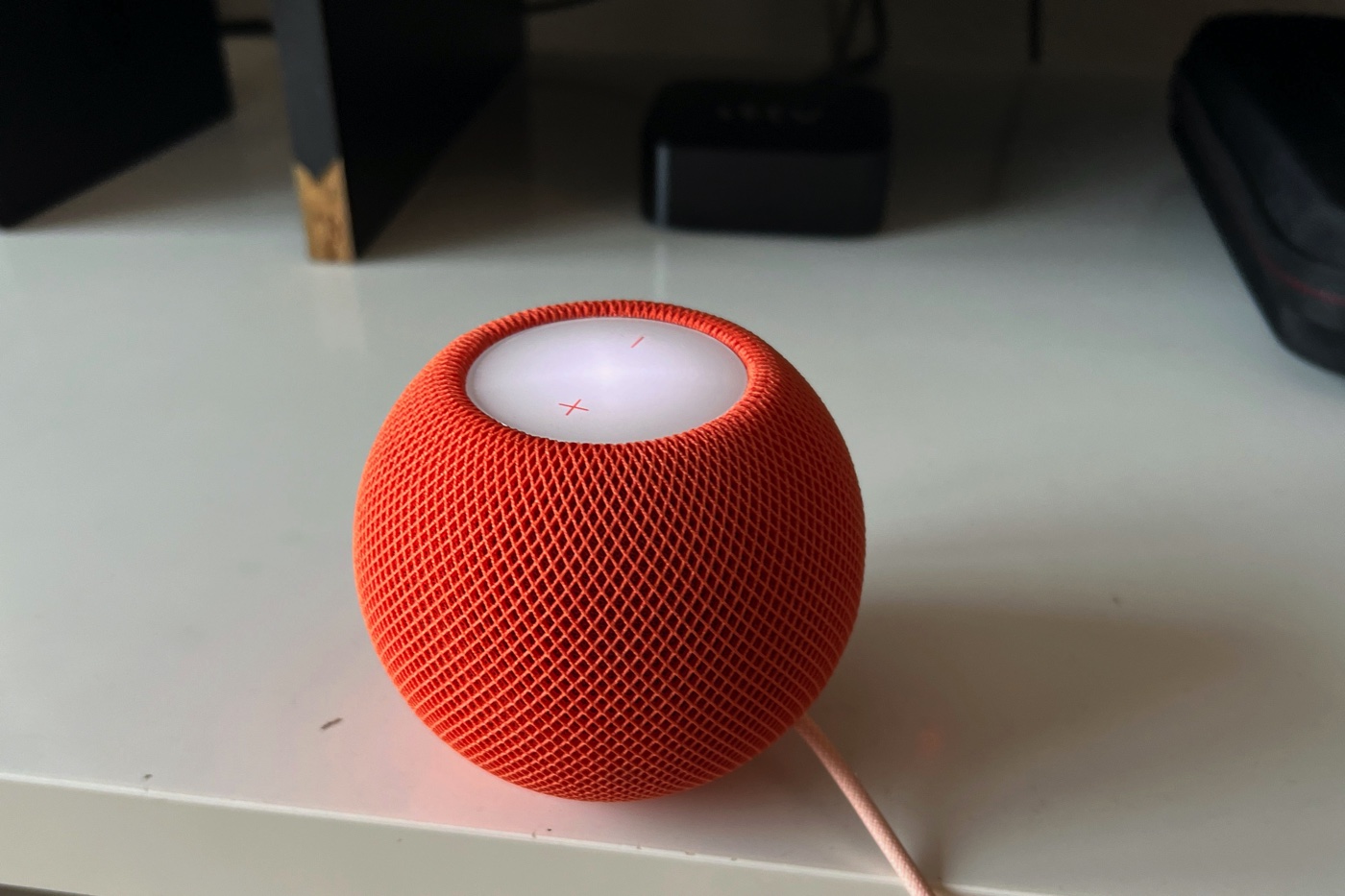 It is the only way to activate the smart speaker (you can use an iPad as an alternative) and following the instructions that pop up automatically on the phone we have configured the HomePod mini in a few seconds.
It is the only way to activate the smart speaker (you can use an iPad as an alternative) and following the instructions that pop up automatically on the phone we have configured the HomePod mini in a few seconds.
The last step is that which involves, not unlike the Apple Watch, the use of the iPhone camera to “read” not an on-screen code but a color scheme that appears on the top display of the HomePod mini. A set of lights that are recognized in a few seconds (with even a sound) and that leads to the pairing and insertion of the HomePod mini into the network.
There is one more step we will return to in a moment, first let's see the functions of the HomePod mini per se, leaving out those relating to home automation which we talk about in a separate article.
Voice commands and Music integration
HomePod mini is a smart speaker. Respectful of privacy (there is a setting to tell it to stop “listening” to the Hey Siri call and respond only if physically touched on the top), elegant, small but with a surprisingly powerful sound, it “furnishes” practically any environment it is enough to have the '' care to be relatively close to an electrical outlet given the cable of about one and a half meters.
The voice commands are those of Siri plus the interaction with music playback and other commands that the HomePod mini enables. If you connect it to the Apple TV (as we did) to start the Apple set-top box and the smart TV just say “Hey Siri, turn on Apple TV” and at that point you can give the other “hands-free” orders to the Apple device.
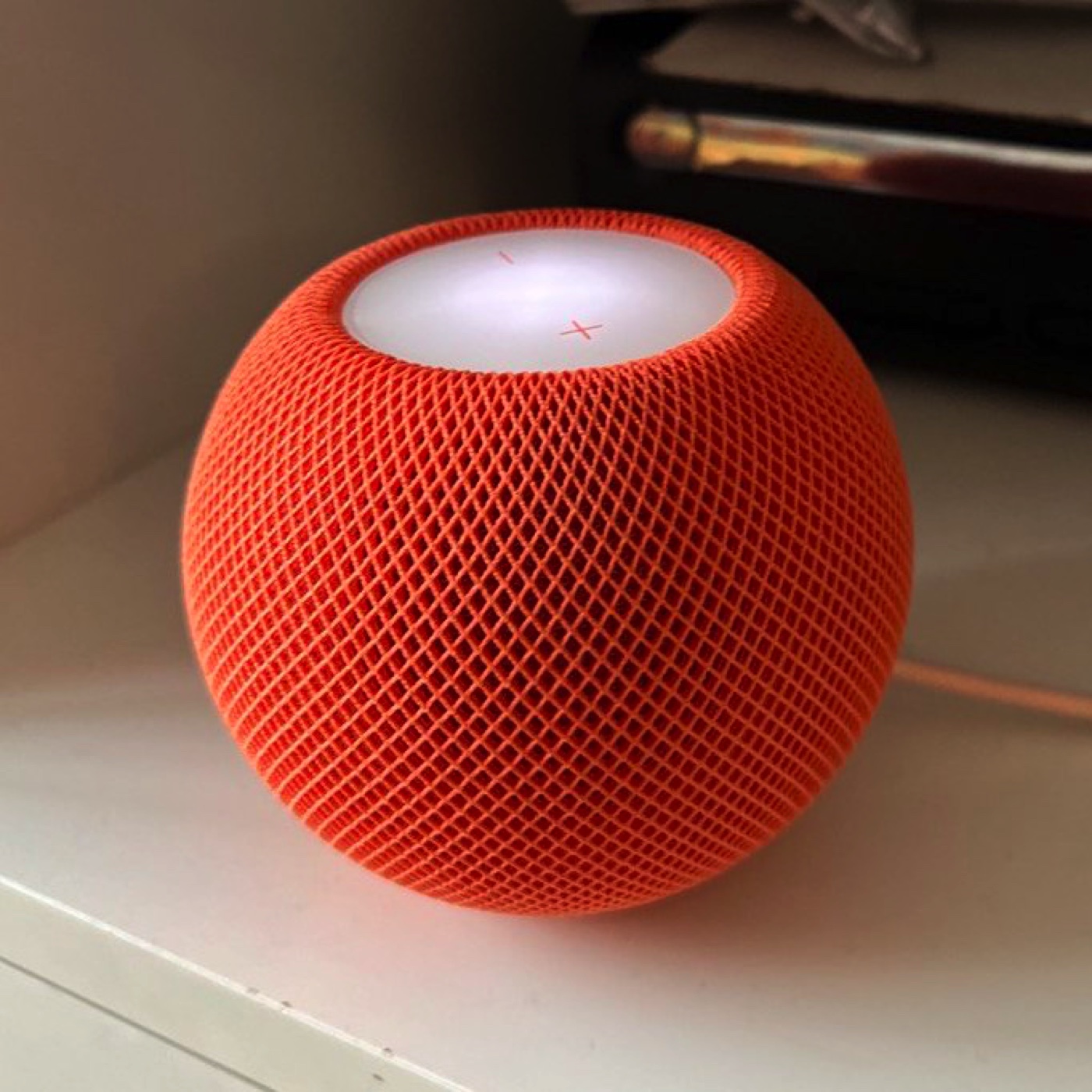
Regarding this, the integration with Apple TV is interesting : we placed the HomePod mini in front of the TV which is connected via Hdmi to an Apple TV Both the Apple TV and HomePod mini are on the same wifi network and in the same “room” of the house (living room, in this case). The pairing between the two was very fast with the Apple TV menu and the HomePod mini can function both as a “normal” smart speaker and as a small soundbar for the Apple TV. The sound is surprisingly powerful and modulated.
We do not have a classic HomePod (the one no longer in production and never distributed in Italy) to verify the difference in sound presence between the two, but we can say that the yield compared to the integrated speakers of the TV is obviously very high. The fact that, unlike some soundbars, it does not project the sound directly upwards to have a bounce off the ceiling is a plus, because it disturbs the neighbors of the upstairs apartment less. And we can well say it because instead our neighbor downstairs is equipped with a more “boorish” soundbar that resonates in an annoying way in the evening.
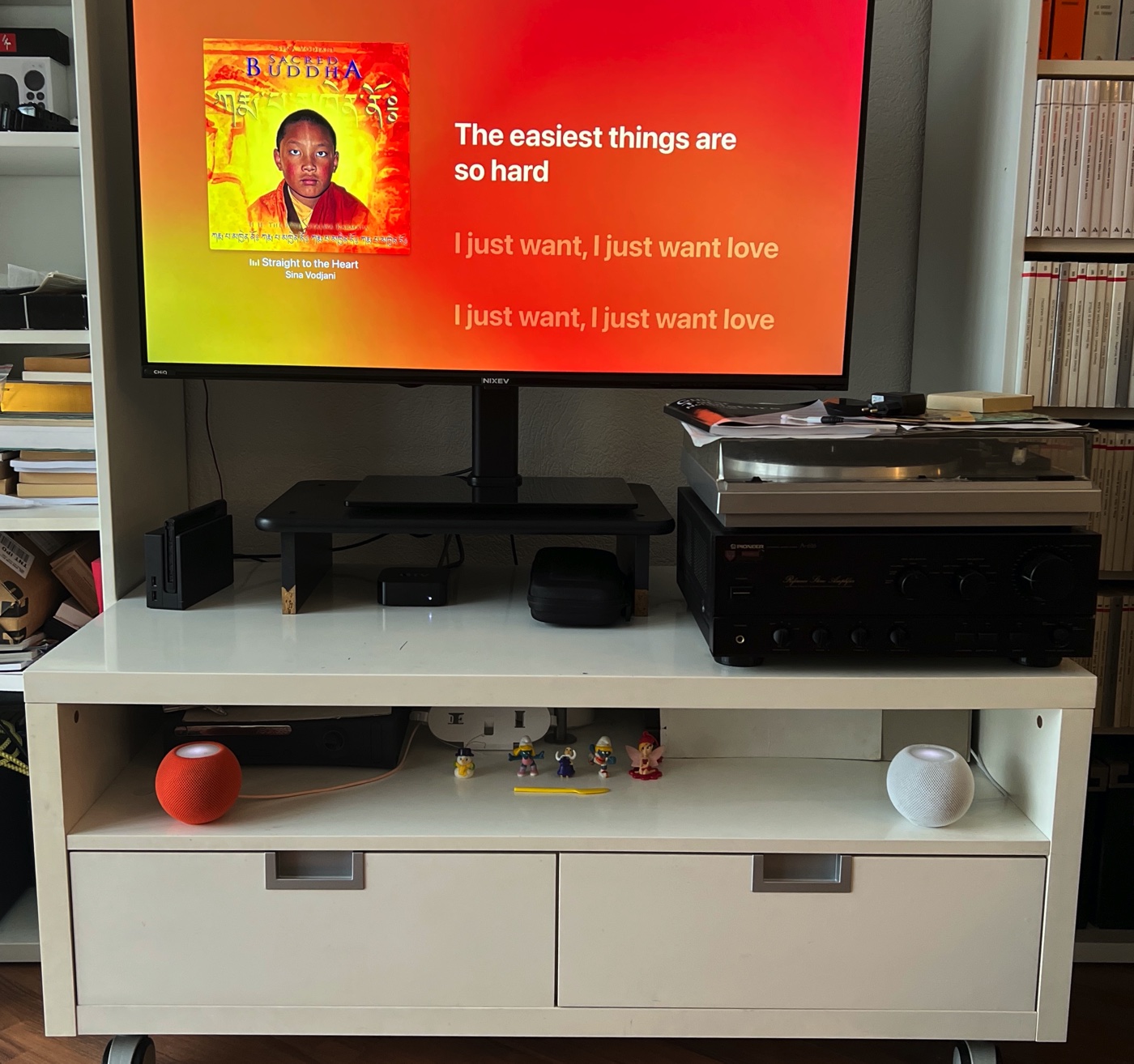
Castor and Pollux
We called the new HomePod mini Polluce because we wanted to do another operation. For several months now we have had another HomePod mini at home, bought in Spain (which saw the sale of Apple devices before us). We have reviewed it here and then refer to our review regarding features. Let's add that now when we connected in the “Living room” Polluce (which is the orange HomePod mini) there was already Castore, the white HomePod mini.
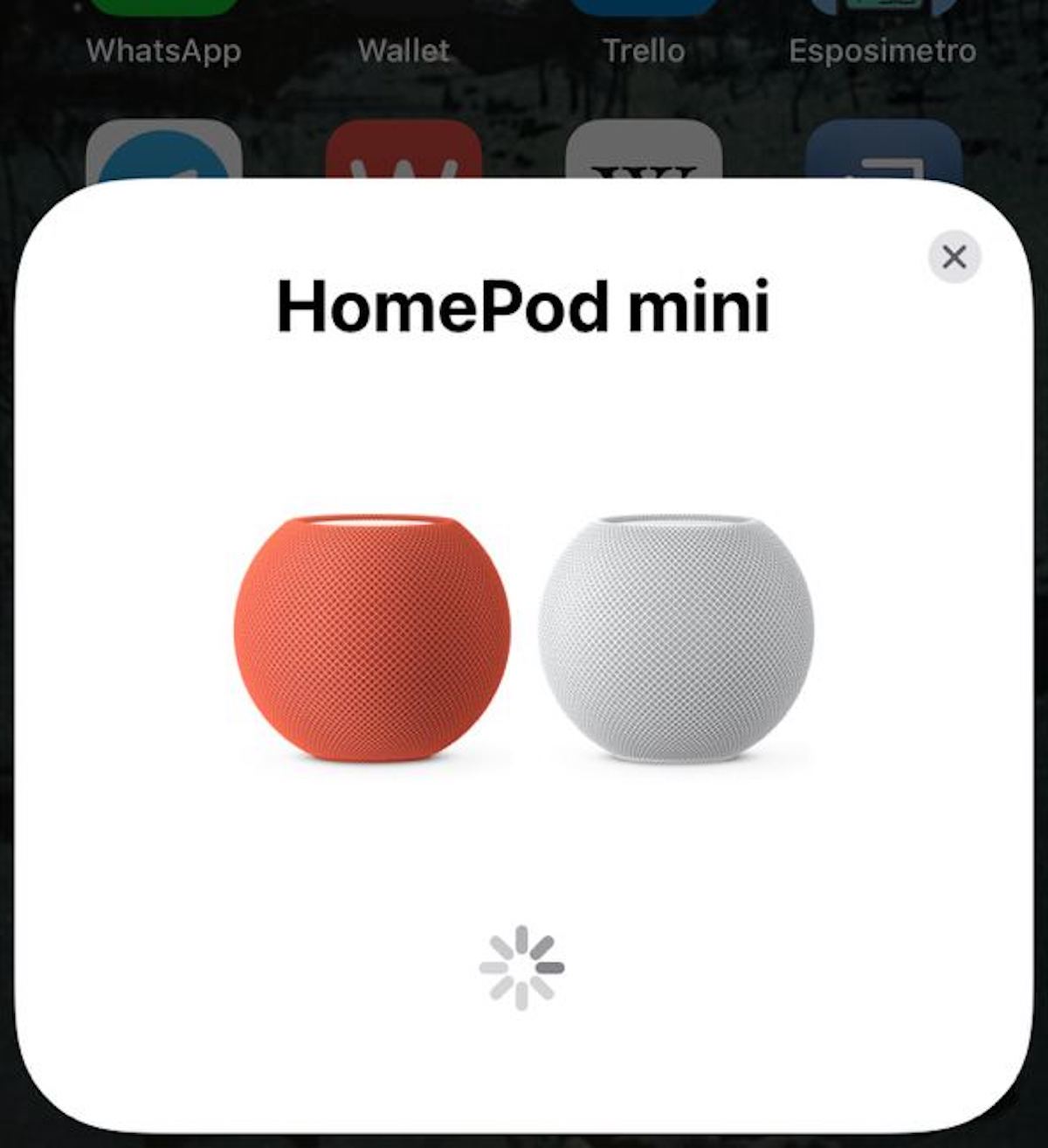
Immediately it was proposed by the app on the phone to pair the two as two stereo speakers for both Music and Apple TV playback. We obviously said yes, we indicated which should be assigned the right channel and which the left and then we given ok. In ten seconds, our virtual stereo soundbar was ready. The piloting from the Apple TV is immediate and very normal, both with voice commands and with the remote control. The impact of the sound grows considerably. The Home app has an option to limit the bass that can be all too present in a home environment.
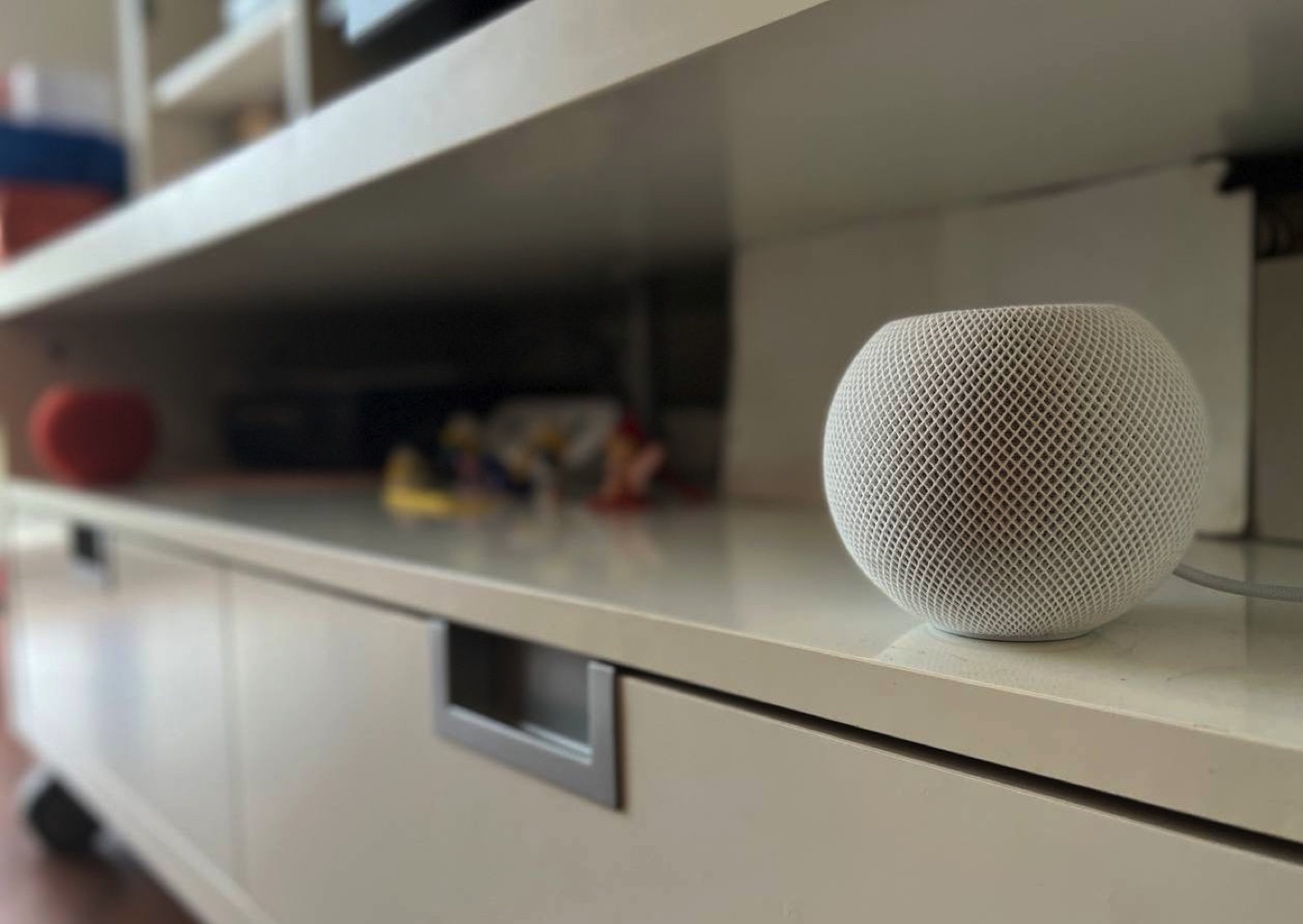
Having two HomePod minis opens the way for various possible combinations: you can keep them in the same room, or in different rooms and play the same thing everywhere or things different in each room, perhaps passing them on the telephone. We don't have a house large enough to efficiently separate the two speakers. Certainly not the two-story single-family house typical of affluent American suburbs that you see in Apple's keynotes. Anyway, we tested the speakers in two separate rooms and of course they work as expected: you can also send messages from your phone or CarPlay to the speakers in the house and other connected devices. Here too: we have verified that it is feasible (not with CarPlay, however) however the way to use the two HomePod minis most suited to our lifestyle was to use them in the living room as a wireless digital hifi system and as a television soundbar with Apple. Tv.
Personal opinions
You can use the morse code on the back of the HomePod mini: one touch starts or stops the music, plus and minus make the volume go up and down, two touches go to the next song and three go back. A long press activates Siri even if the “live” version is listening.
The ability to use the iPhone or iPad to control the speakers is fantastic: it works very naturally because it is integrated into Music, but you can also create scenes just to play playlists and connect them to an alarm, for example, or to the mood of the evening, and activate them “without hands”. The funniest trick (and we guarantee you that it never tires) is to bring the phone closer to the HomePod mini, in our case either Castor or Pollux.
If the iPhone is playing music, it vibrates and passes it to the speaker. If, conversely, the speaker is already active, the iPhone “attracts” of itself the playlist and the song in progress. If you remember the old iPod commercial where a young American loaded songs from his Mac to the iPod while listening to music, blocked playback on his computer, put his iPod headphones on and restarted to resume the soundtrack of his day, this is an even more beautiful dream that comes exactly twenty years after that era.
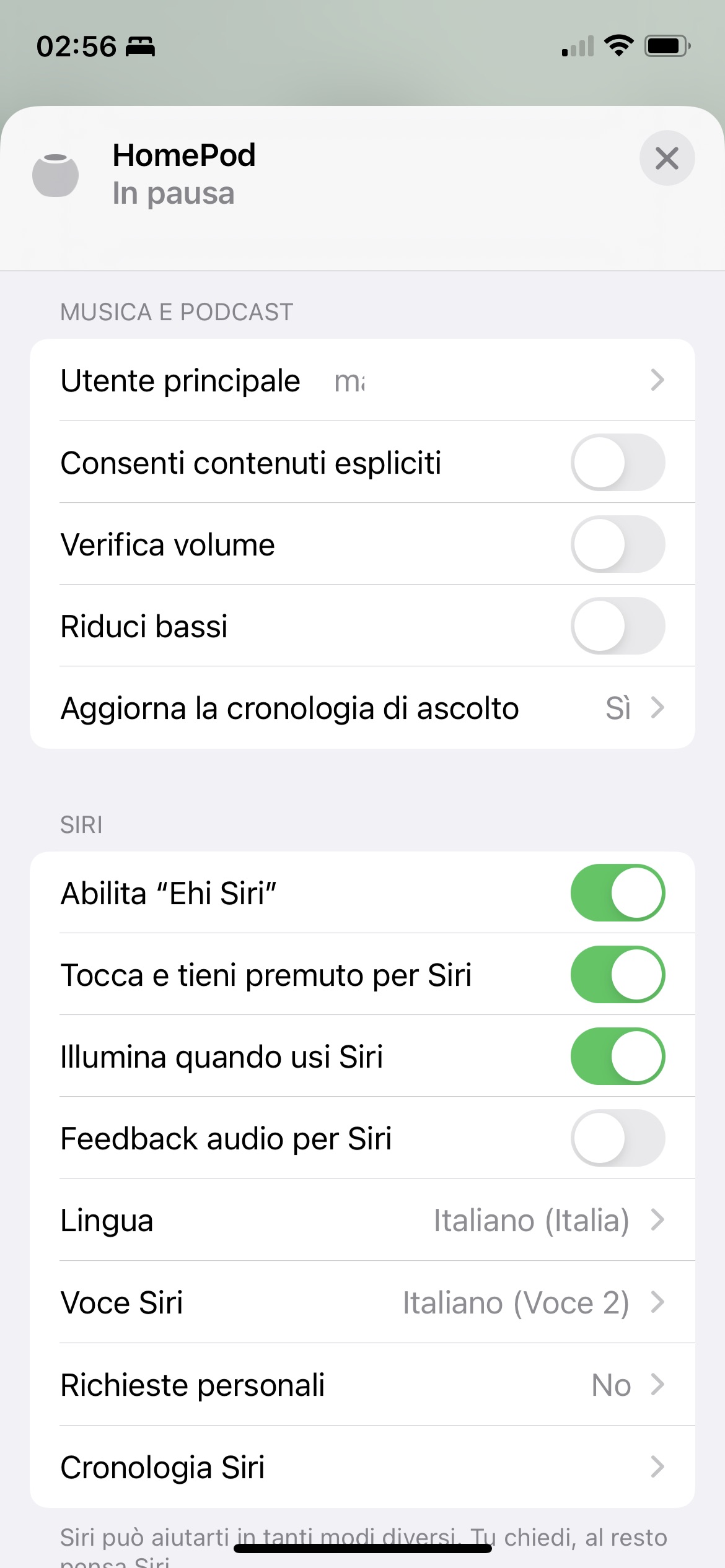
We think that, for those in the Apple ecosystem, this privacy-conscious, functional home and great music player HomePod mini is ideal.
If you use another music system (i.e. Spotify) the smart device works but in passive mode, like a bluetooth speaker: there are no Siri commands and automatisms, at least for now. However, this is a limitation wanted by Spotify, because it is more than a year that Apple has made the APIs available to all developers to make HomePod and Siri work with their apps.
And this already happens in fact for Amazon Music, TuneIn, Pandora, iHeartRadio and various other apps. The ongoing lawsuit between Apple and Spotify could be one of the reasons but it seems that the European company is losing out, right now.
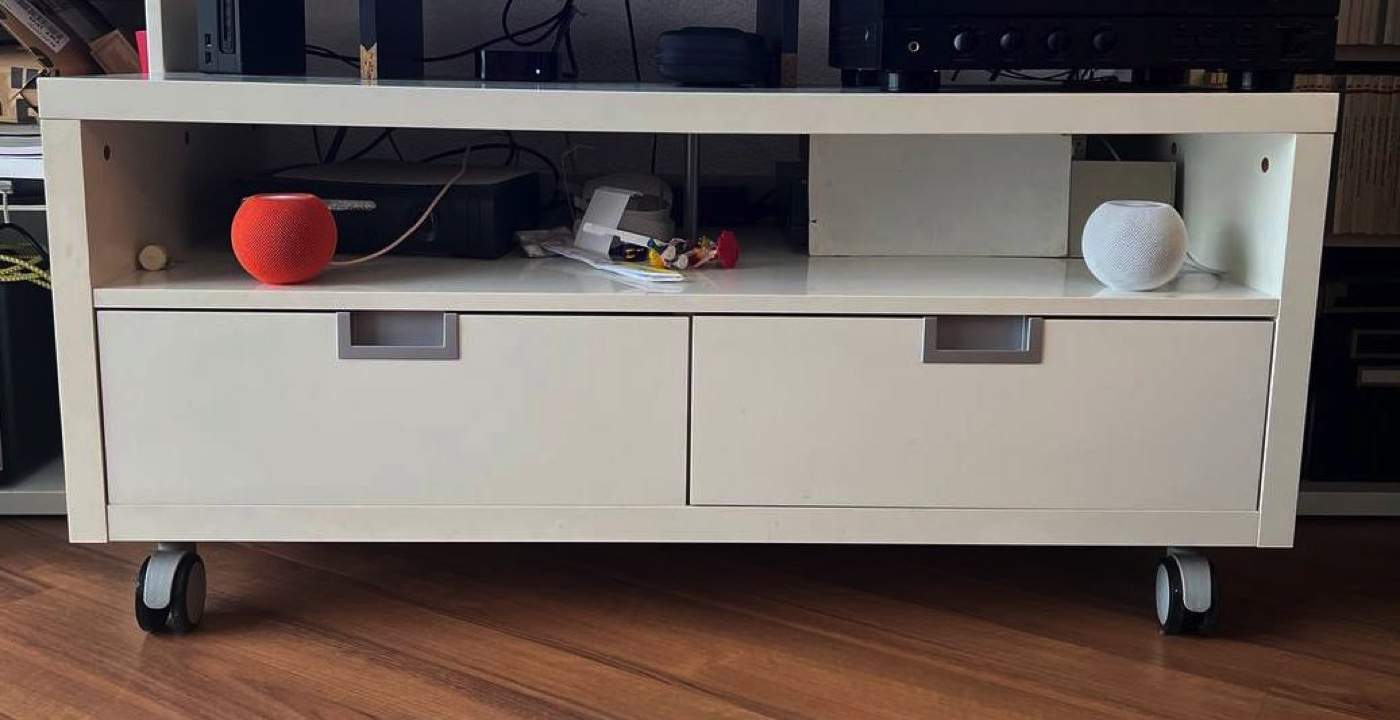
It's all about music
In our opinion the music on the HomePod mini sounds very good. On two HomePod mini even more. We've been saying this for months, let's repeat it now. The small speaker is intelligent, equipped with microphones, does a job in finesse to understand and predict what the audio performance should be, has bass present, trilling treble and very well designed mids. It returns a complete musical scene and does it in a non-directive way: there is no “fire” of the sound rendering and shadow areas in the room. It is impressive but, to think about it, it is logical. With audio, Apple has for some time been doing what it has already done with photography: it recreates a richer and more complete computational image that also integrates aspects not naturally executable on small devices.
We mean that the S5 chip, full range drivers, suspension system, acoustic wave guides, passive radiators and four microphones allow the HomePod mini to scan the sound performance of each room thirty times per second and compare it with the audio image that he hypothesized for each song he is playing, dynamically modifying the rendering until the two images overlap perfectly. To prove it, we dedicated ourselves to a small tour de force.
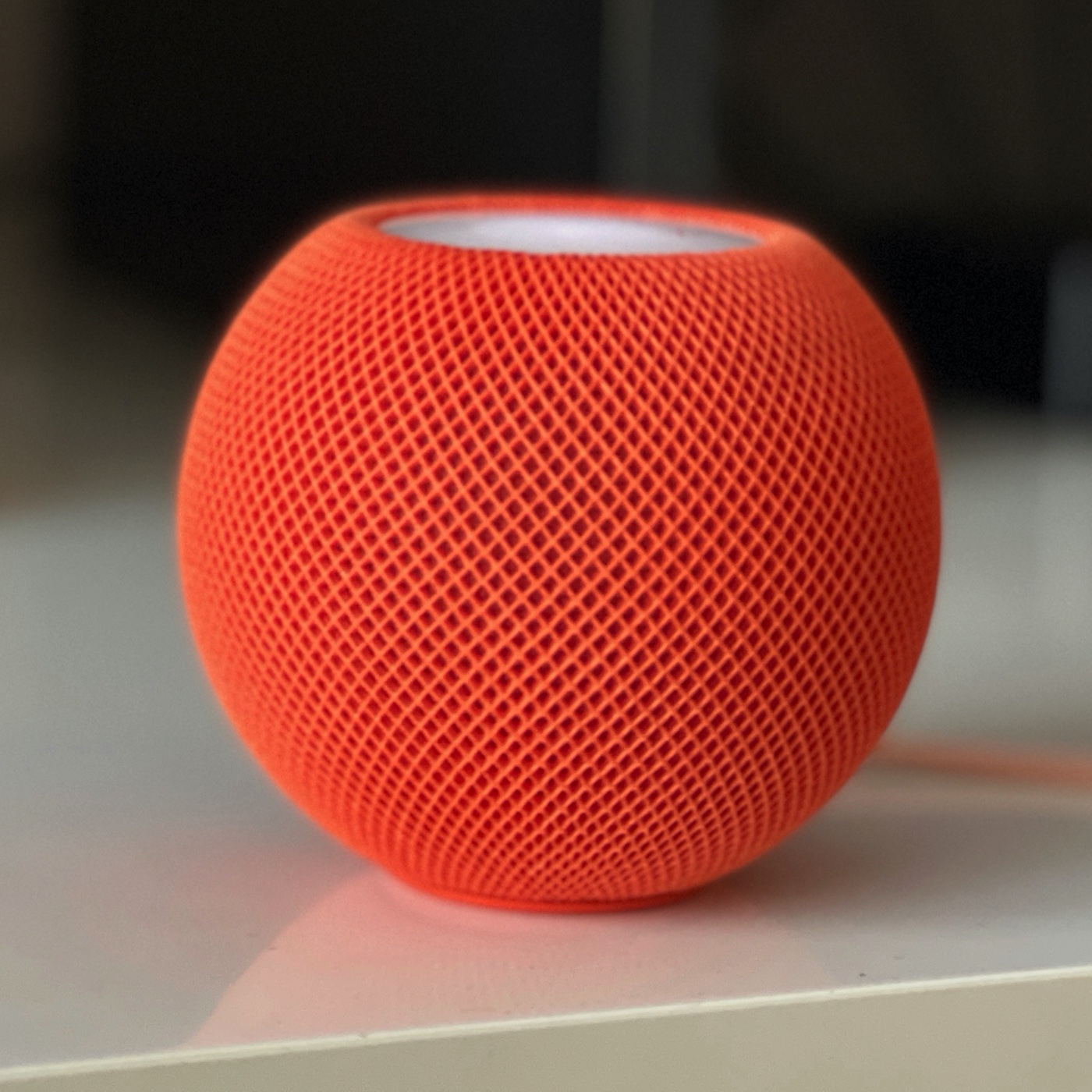
We went from listening to Lou Reed's Sally Can't Dance to Miles Davis' Collector Items, from the Xanadu (Olivia Newton John and ELO) soundtrack to the old They Killed Spider-Man of 883 to Buddha Bar III, from AC / DC's classic Back in Black to Iron Maiden's Seventh Son of a Seventh Son to Mozart's violin concertos and JS Bach's (1 & 2) both conducted by Christopher Hogwood with his Academy of Ancient Music and for finish the Manhattan soundtrack, Woody Allen's film, which is all done with music by George Gershwin.
All music in Apple Music's loseless format, with some albums digitized especially for the Apple service and spatialized. The yield is impressive. Sofa listening offers a much wider range of colors and spatiality of the soundstage than we might expect. But we wanted to be sure.
We have in fact chosen these albums because we have the related CDs available and we played them one after the other on our hi-fi system of the late eighties (Pioneer amplifier, Technics cd player and ESB speakers) with a very different rendering from that of HomePod mini. Despite the warm and very soft sound of the ESB speakers and their greater presence especially at high volumes due to the higher physical dimensions of the drivers, the sound of the HomePod mini has much more color, a surprising dynamic range and performs well even at very low volume. although it could grow to annoying levels not only for those in the room but also for the neighbors (who in fact came to investigate if there was a party in the middle of the morning). Result? HomePod mini single or in pairs passed with flying colors.
The future of the home according to Apple
As we will also see in the home automation test, the future of Apple passes from here, and from here passes the hub for the digital lifestyle. It is no longer the computer but the cloud, the voice and the tools capable of processing information and executing orders. The competition is doing this too but Apple can play some unique cards in our view. First of all, privacy, that is, it does not listen and does not steal or monetize information.
Then integration, because the Apple ecosystem is “seen” and found with impressive ease, starting with the configuration of the new devices.
Then the beauty and the performance of the hardware: these smart speakers from Apple are small masterpieces of technology, pure science fiction if they had been put in front of us ten years ago. Yet the road was already indicated with the commercials already twenty years ago, when the iPod was released.
Finally, perhaps the simplest and most obvious thing but necessarily to be reiterated: the HomePod mini sound great but just one will not be enough, listen to us.
HomePod mini costs € 99 including VAT to the public and will be available by November on the Apple Store and in authorized stores.
Homepod mini is not just a speaker that responds to commands but dives ntare the connection system between your home and yours on the move. We see it in the HomePod and home automation review that we will put online later in the day. In the meantime, you can study the entire Apple ecosystem for Home on this page of our site.





